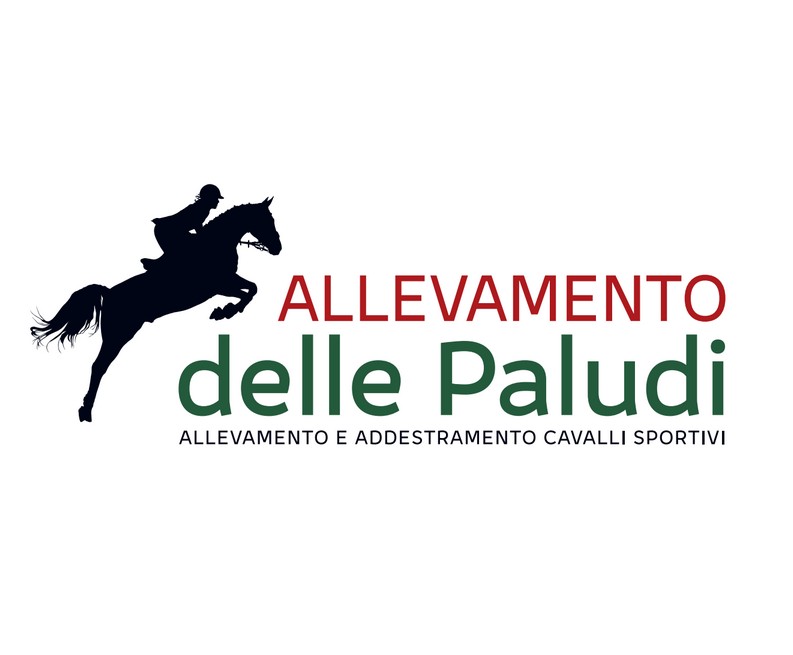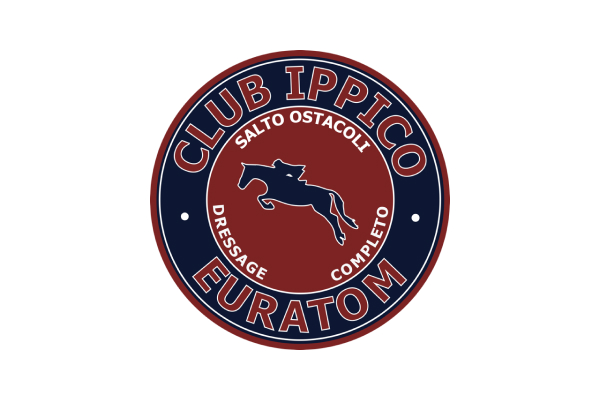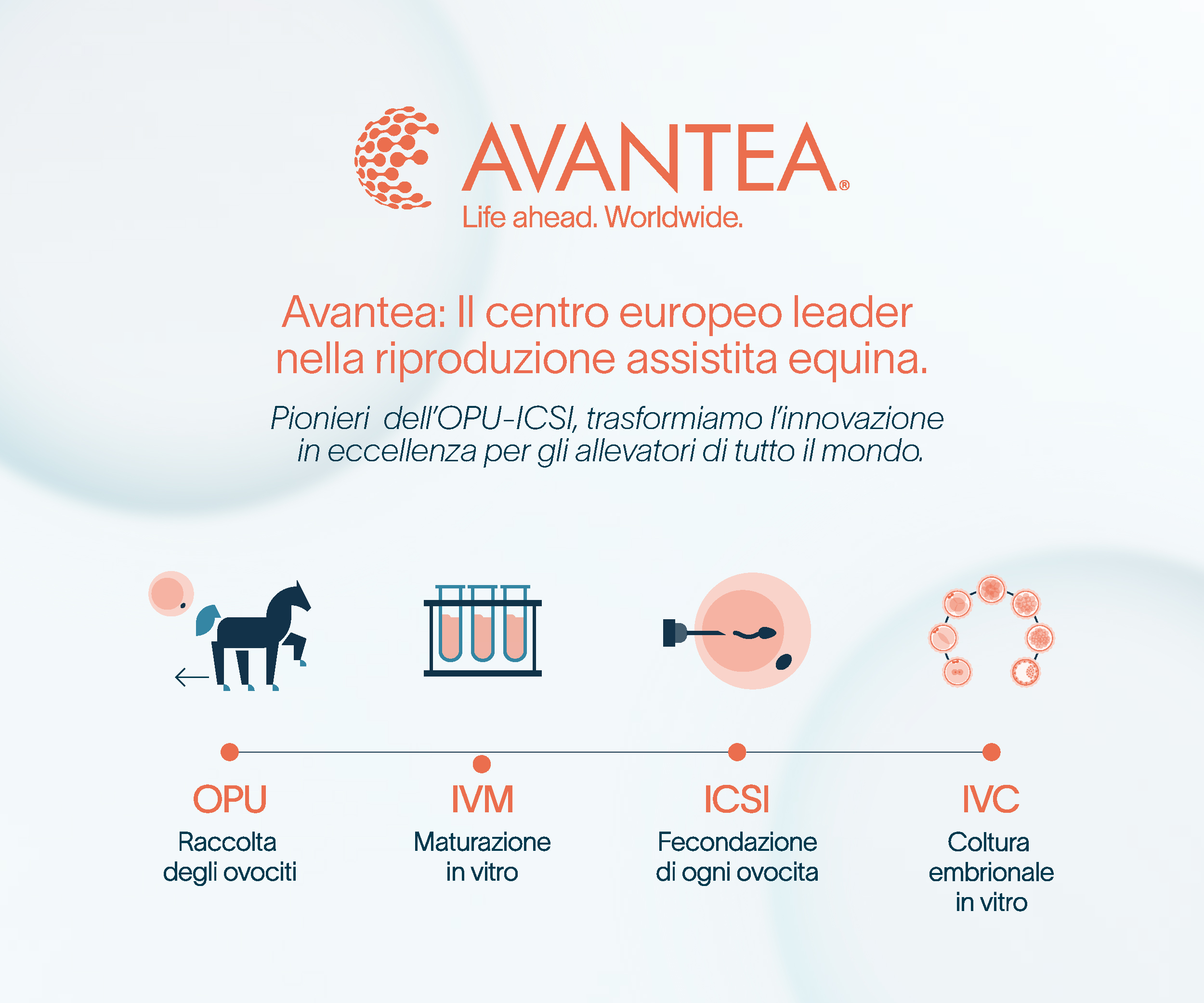
Unexpected death in race horses: the cause

In a paper published last month in Veterinary Pathology, Ontario Veterinary College clinician Luis Arroyo Arroyo and co-authors examined a possible cause of unexplained deaths in standardbred and thoroughbred racehorses. The paper was written with Prof. Laurent Viel, Clinical Studies; Prof. Tony Hayes, Pathobiology; Josepha DeLay, an Animal Health Laboratory (AHL) pathologist; McMaster University forensic pathologist Dr. Chitra Rao; and Bruce Duncan, a veterinarian with the Ontario Racing Commission (ORC) in Toronto. About 150 horses die on racetracks in Ontario each year and about half of the cases result from fractures, while about one quarter of the remaining cases, says Arroyo, experts can’t explain what causes the animals to die. The answer may lie in arterial calcification, or hardening of the pulmonary artery, in young racing horses. “It’s as hard as a rock,” says Arroyo, who identified that hardening during post-mortems of horses sent to OVC under the ORC’s death registry program. The program requires any horse that dies within two weeks of training or racing to be examined using a standard forensic protocol. His tissue slides show how the artery walls fill with fibrous collagen and lose the elasticity that normally enables this large blood vessel to pump blood from the heart to the lungs, where it’s enriched with oxygen.
Almost 85 per cent of racing horses show this hardening, mostly in their pulmonary arteries. In humans, vascular stiffness often occurs in patients with renal damage or diabetes. Neither disease is involved in racing horses, says Arroyo. “I was curious about the unknown cause of death in these cases. Are we missing something?” He completed this study while doing his PhD in pathobiology. A D.V.Sc. graduate of Guelph, he will join the faculty of the Department of Clinical Studies in January.





.png)










